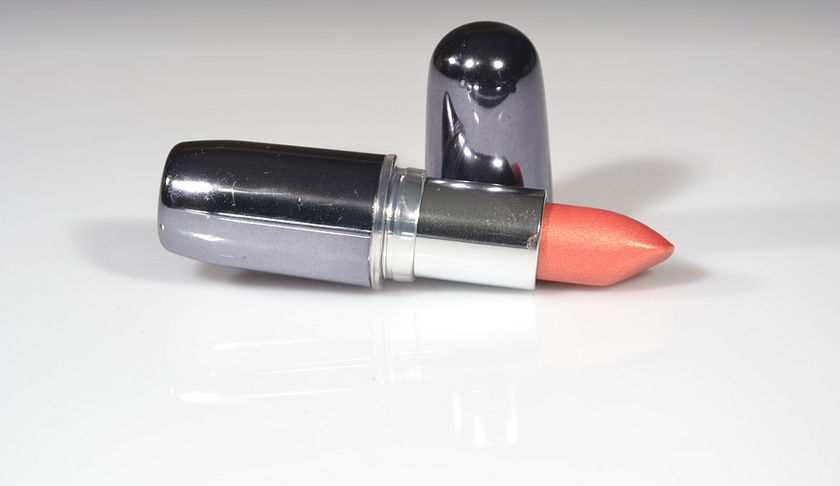Unraveling the Mysteries of Grassy Suffering
We all dream of a lush, green lawn that invites us to play catch with the kids or just relax on a sunny afternoon. But sometimes, your beloved grass starts looking… well, less than stellar. Brown patches, patchy growth, and that dreaded “dead zone” where nothing grows – these are all signs your lawn might be battling a silent enemy. Don’t despair! Understanding what’s eating away at your green paradise can help you restore your lawn to its former glory.
Before we dive into the possible culprits, let’s first understand the basics of healthy lawn care. A thriving lawn relies on a delicate balance between sunlight, water, nutrients, and proper mowing practices. When these elements are out of sync, it can spell trouble for your grass. For instance, excessive water or lack thereof, can lead to fungal diseases and stress.
Think of your lawn like a human athlete – they need the right fuel and training to perform at their best! Just like us, our lawns need specific nutrients to thrive. Nitrogen, phosphorus, and potassium (NPK) are the key ingredients that help grass grow strong and healthy.
But where do these essential nutrients come from? You can nourish your lawn through natural fertilizers, compost, or even manure. By incorporating these elements into your soil, you’re essentially giving it a nutritional boost for its overall growth and development.
Now, let’s talk about the big culprits behind a struggling lawn – pests and diseases!
The Sneaky Pests: Unwanted Guests that Steal Your Grass’ Sunshine
Remember those pesky critters that love to munch on your precious grass? While they might seem like a nuisance, some insects can actually cause significant damage. Sod webworms are notorious for creating holes in the lawn fabric, while chinch bugs leave behind tiny white dots. Grubs, on the other hand, attack young roots and can cause overall lawn decline.
Identifying these pests is crucial to taking action. A quick visual inspection of your lawn or a visit to your local garden center for professional advice will help you get started. Once identified, you’ll have the tools to combat them effectively – whether it’s natural pest control methods like Neem oil or organic insecticides.
But there are other sneaky foes that might be at play! Think about diseases that can plague your lawn—like brown patch disease and dollar spot. These fungal conditions thrive in humid, moist environments. They spread through rain-soaked spores that infect the grass blades.
The Silent Spread: Diseases That Slowly Drain Your Lawn’s Sparkle
Diseases are sneaky villains in the world of lawn care. They often lurk under the surface of your lawn, patiently spreading before you even notice! They thrive on moisture and can leave behind a trail of brown patches that look like they came straight out of an apocalyptic movie.
Some common culprits include: – **Brown Patch Disease:** This fungal disease attacks lawns in humid conditions, often causing brown spots with fuzzy borders. – **Dollar Spot:** A common problem resulting from fungus attacks, it creates a distinctive dollar-shaped pattern of yellowing and browning.
The good news is that many diseases can be managed by understanding their vulnerabilities and employing preventative measures – good sanitation practices, proper fertilization, and timely treatments are your allies in the fight against these invisible foes.
Remember, it’s not just about treating your lawn after damage has occurred – prevention is key to achieving long-term success! By implementing a comprehensive approach that includes proper mowing practices, strategic watering, and healthy soil, you can create an environment where your grass thrives.
